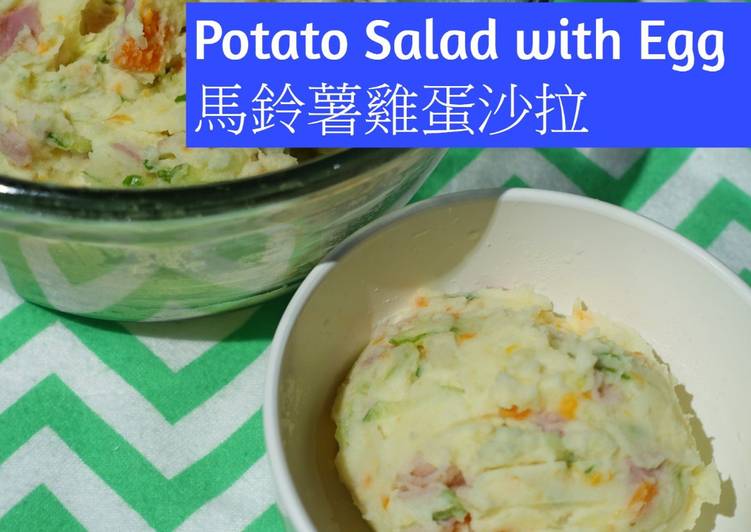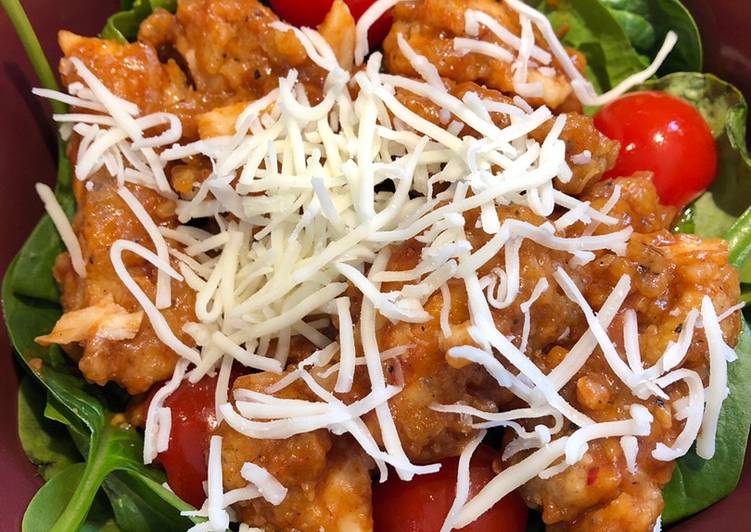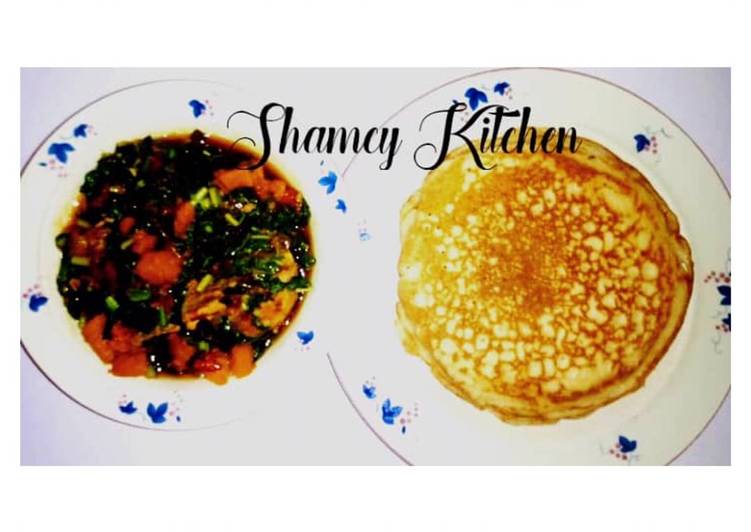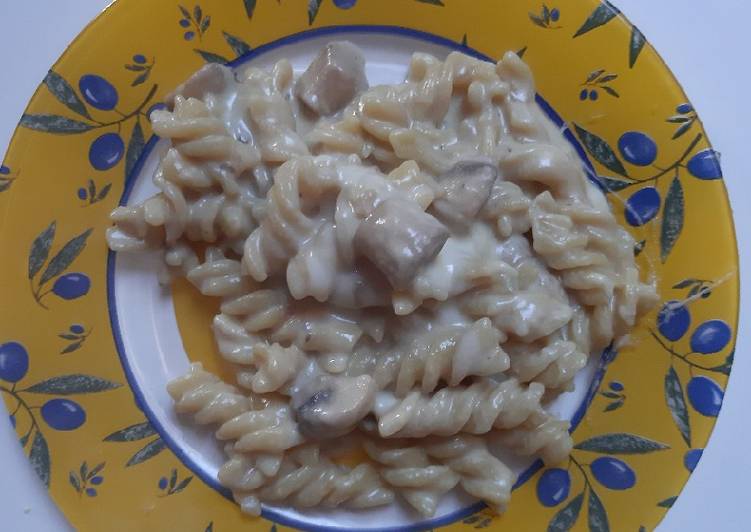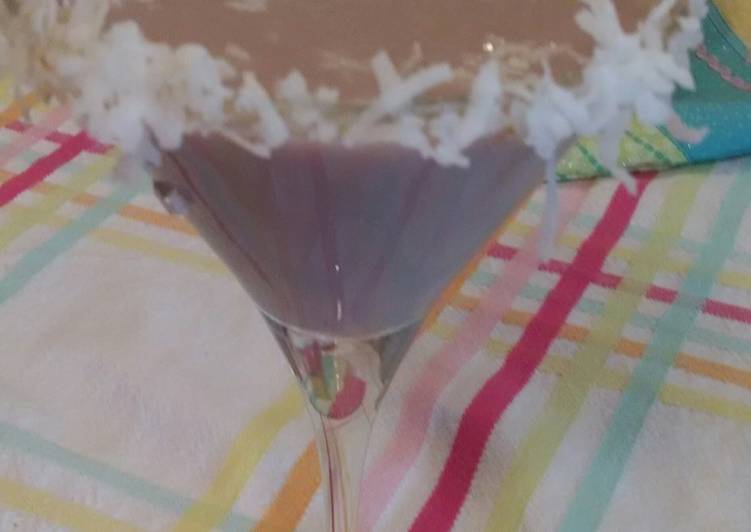Recipe of Perfect Sabu Mochi
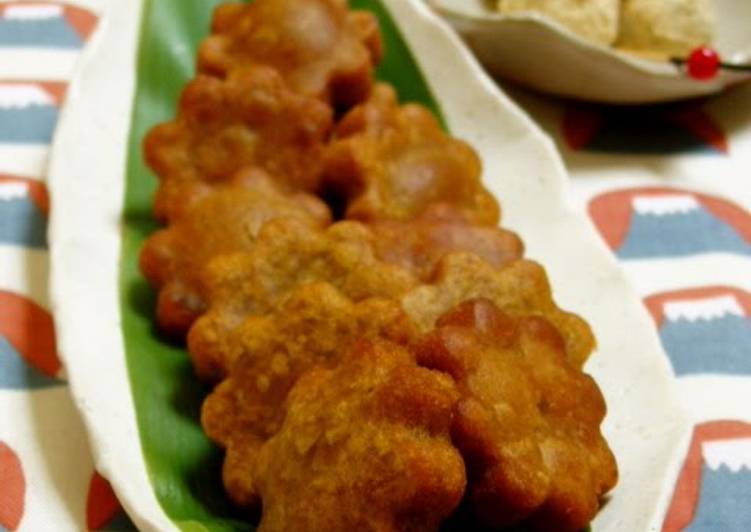
Sabu Mochi Recipe. How to set it up? What are the ingredients? Cooking tips and more… It is one of my favourite food recipe, this time i’am gonna make it a little bit tasty.
See more ideas about Mochi recipe, Mochi, Japanese dessert. Small japanese style chocolates: mochi filled with green tea and chocolate ganache, both sweets are vegan!
Here is the best “Sabu Mochi” recipe we have found until now. This will be smell and look delicious.
Ingredients of Sabu Mochi
- It’s of The batter:.
- You need 160 grams of peeled Sweet potato.
- Make ready 60 grams of Joshinko or mochiko.
- You need 60 of to 70 grams Brown sugar.
- You need of Other ingredients, depending on the cooking method:.
- Take 1 of Oil for deep frying.
- Take 1 of Kinako.
Meth, Kristal Pembunuh Methamphetamine atau Meth atau dikenal sebagai sabu-sabu (shabu-shabu) sebenarnya adalah obat psikostimulansia dan simpatomimetik. uhod/nederzhanie-mochi-u-sobak.html.Sangat mudah didapat dan sangat mudah cara mengkonsumsinya dengan cara membakarnya di atas aluminium foil sehingga mengalir dari.F (reading is given as もちっふ, Mochiffu) Site name: Suicidia.Our collection of mochi rice cakes ranges from soft and chewy to light & airy mochi puffs.
Sabu Mochi step by step
- Peel the sweet potato, and slice 1 cm thick. Put into a bowl of water. Heat up some water in a steamer..
- Key point 1: The potato was 180 g before peeling, and 160 g afterwards. This might serve as a good estimate for how much weight a medium-sized sweet potato will lose after peeling..
- Steam the sweet potato, and pass it through a sieve while still hot. Add the Joshinko rice flour and brown sugar and knead together well with your hands. It will be floury to begin with, but will gradually come together..
- Aim for a dough that is about the hardness of your earlobe. If you press it with your fingers it should leave a mark. The dough is done..
- Key point 2: You can wrap the kneaded dough in plastic wrap, put that in a freezer bag and freeze. However, do not defrost the dough in the microwave; let it defrost naturally. From this point on, just choose your preferred cooking method..
- Deep-fried Sabu-mochi (basic method): This is the original method. Press the dough out to about 1cm thickness as you would with cookies, and cut out into any shape you like, deep fry until crispy in 160 to 170°C oil..
- Key point 3: When you deep fry these they will puff up a bit (especially if you use mochi flour. Joshinko flour doesn't puff up so much). When the outside becomes golden brown they are done. It's best to turn them over often..
- Steamed sabu-mochi: Tear the dough into pieces about the size of a pingpong ball, and steam over high heat for about 15 minutes. Take out using a damp clean cloth, and knead for a bit, then roll up into a ball again and they're done. Serve coated with kinako (roasted soy flour), or with brown sugar syrup..
- Pan-fried sabu-mochi: Take 15 g portions of the dough, roll into balls and press to about a thickness of 1 cm. Pan-fry in a non-stick frying pan on both sides. These are delicious with walnuts kneaded in. If you cut them out into squares, they will look like kintsuba (square-baked sweetened bean paste)..
- This is how pan-fried sabu-mochi look like on the inside. It still has that mochi-like texture. This method is more suited to the version made with mochi flour..
- Boiled sabu-mochi: Cook balls of the dough in boiling water for about 7 minutes. Put the cooked balls into cold water. This 'mochi' won't float to the surface like shiratama. If you leave them in water for too long they'll get water logged, so take them out within a short time..
- I recommend serving the boiled version in coconut milk with sugar added, plus some cooked sweet adzuki beans, zenzai-style. They also go well in milk with mashed bananas..
- Key point 4: If you find it hard to get a hold of mochi flour, use shiratama flour that has been broken or ground up. (This is the same with, "Mochi-ko muffins". ).
- Key point 5: My mother told me that she used to make these with Joshinko so I followed her instructions, but with the exception of the deep fried and steamed methods, mochiko (or crushed shiratamako, which uses the same base ingredients) doesn't turn as hard even when cooled..
- Key point 6: This shows how the deep fried version looks when cooled down to room temperature (in the winter) and cut. It's still tender, but it tastes better if warmed up in the microwave. If they turn hard, please do the same..
- This is the brown sugar I used. It's hard to see the writing, but comes from the island in Okinawa where my great-grandmother is from. I see it occasionally on sale in department store food halls (in Japan)..
- This is a precious box of "Mochiko" that a friend who lives overseas got for me! I tried this out too and the results were great. And it was easy to knead too. If you can get this, please try it..
Apart from that I have no other ideas.I have experimented with peanut butter (too salty), ice cream (a complete failure) and.Sabu atau Metamphetamine adalah salah satu jenis psikotropika yang berbentuk kristal bening/putih dan digunakan dengan cara dihisap melalui filter/bong.
Here at Bokksu, we love the sweet, soft, chewy Japanese sweet treat known as traditional mochi.Sabu-sabu telah dikenal sebagai salah satu jenis narkotika atau obat terlarang.Narkoba jenis psikotropika ini berbentuk kristal seperti gula, tidak berwarna dan berbau, dalam bahasa medis lebih.Mochi (Japanese: 餅; Chinese: 麻糬) is a Japanese rice cake made by pounding glutinous rice into a paste and molding it into shapes which can be eaten right away, or cured and dried for later use.Mochi is used to make a variety of traditional Japanese sweets, and cooked in soups.
